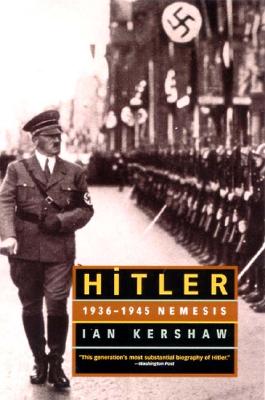
Phipps, Simon
product information
description
9Great Britain underwent a massive rebuilding effort in the aftermath of World War II, with a wealth of new construction that reached virtually all parts of the country and ranged from public and private housing to schools and universities, churches, museums, galleries, commercial buildings, and even entire new towns. Architects took the opportunity to experiment with innovative layouts and new materials and techniques, resulting in radical new forms and buildings of outstanding quality, which we now associate with brutalism. For more than thirty years, photographer Simon Phipps has carried out a project to document the brutalist buildings of Great Britain, amassing an extraordinary collection of photographs and historic documents that make clear the enormous contribution of architects to the transformation of the country in the postwar period. Finding Brutalism brings together 150 of these photographs. The buildings pictured date from the 1950s to the 1980s, and are striking for how they juxtapose buildings and architectural fragments, evoking the distinct atmosphere of brutalism. Rounding out the book is an essay that situates brutalism within the context of British architecture and recognizes Phipps's own contribution to its reception. Published to accompany a recent exhibition at the Museum im Bellpark near Lucerne, Switzerland, Finding Brutalism is a remarkable achievement of preservation that will appeal to anyone interested in the history of architecture, and the illustrated and detailed catalogue of featured buildings makes it a perfect travel book as well.
member goods
No member items were found under this heading.
Return Policy
All sales are final
Shipping
No special shipping considerations available.
Shipping fees determined at checkout.







